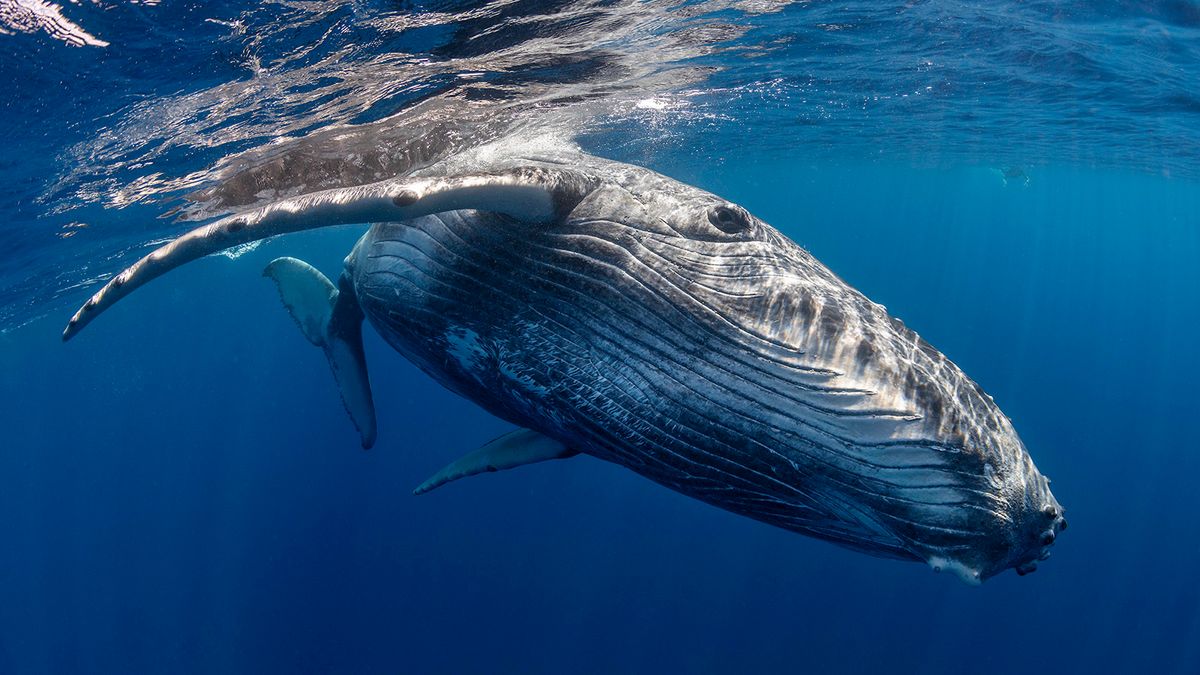Whales are warm-blooded, breathe air through lungs, give birth to live young, and nurse them with mammary glands — all defining characteristics of mammals. Like dolphins and sea lions, whales rely on oxygen, not gills, and must surface regularly to breathe. This places them squarely in the group known as marine mammals.
Modern whales evolved from land mammals about 50 million years ago. Fossil evidence shows that terrestrial mammals gradually adapted to aquatic life, giving rise to the ancestors of today’s whales, dolphins, and porpoises. The fossil record reveals limb changes, nostril migration, and spine adaptations that transformed land animals into the oceanic giants we know today.











